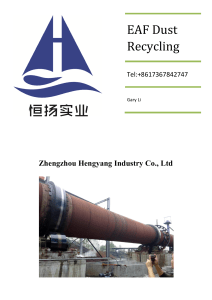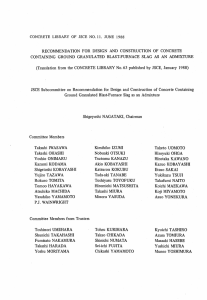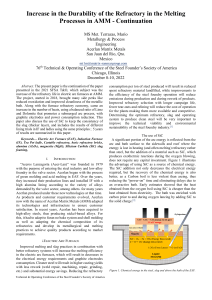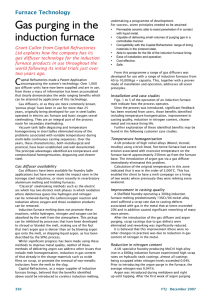Melting Methods Coreless Induction Furnaces: The coreless
advertisement
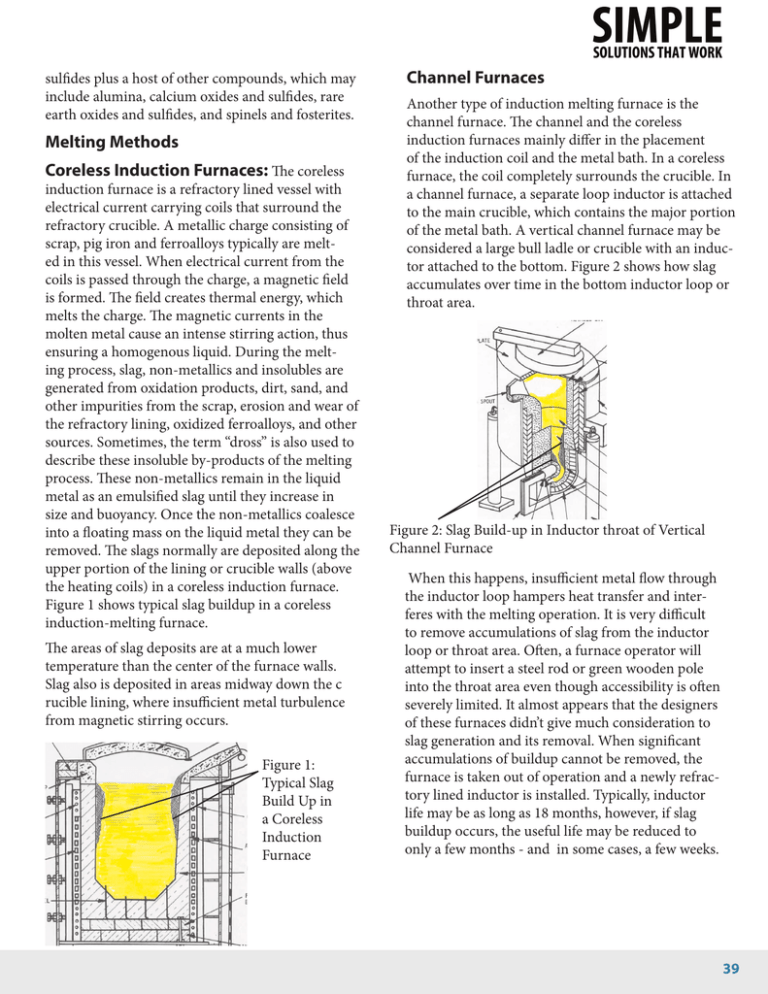
sulfides plus a host of other compounds, which may include alumina, calcium oxides and sulfides, rare earth oxides and sulfides, and spinels and fosterites. Melting Methods Coreless Induction Furnaces: The coreless induction furnace is a refractory lined vessel with electrical current carrying coils that surround the refractory crucible. A metallic charge consisting of scrap, pig iron and ferroalloys typically are melted in this vessel. When electrical current from the coils is passed through the charge, a magnetic field is formed. The field creates thermal energy, which melts the charge. The magnetic currents in the molten metal cause an intense stirring action, thus ensuring a homogenous liquid. During the melting process, slag, non-metallics and insolubles are generated from oxidation products, dirt, sand, and other impurities from the scrap, erosion and wear of the refractory lining, oxidized ferroalloys, and other sources. Sometimes, the term “dross” is also used to describe these insoluble by-products of the melting process. These non-metallics remain in the liquid metal as an emulsified slag until they increase in size and buoyancy. Once the non-metallics coalesce into a floating mass on the liquid metal they can be removed. The slags normally are deposited along the upper portion of the lining or crucible walls (above the heating coils) in a coreless induction furnace. Figure 1 shows typical slag buildup in a coreless induction-melting furnace. The areas of slag deposits are at a much lower temperature than the center of the furnace walls. Slag also is deposited in areas midway down the c rucible lining, where insufficient metal turbulence from magnetic stirring occurs. Figure 1: Typical Slag Build Up in a Coreless Induction Furnace 42 Channel Furnaces Another type of induction melting furnace is the channel furnace. The channel and the coreless induction furnaces mainly differ in the placement of the induction coil and the metal bath. In a coreless furnace, the coil completely surrounds the crucible. In a channel furnace, a separate loop inductor is attached to the main crucible, which contains the major portion of the metal bath. A vertical channel furnace may be considered a large bull ladle or crucible with an inductor attached to the bottom. Figure 2 shows how slag accumulates over time in the bottom inductor loop or throat area. Figure 2: Slag Build-up in Inductor throat of Vertical Channel Furnace When this happens, insufficient metal flow through the inductor loop hampers heat transfer and interferes with the melting operation. It is very difficult to remove accumulations of slag from the inductor loop or throat area. Often, a furnace operator will attempt to insert a steel rod or green wooden pole into the throat area even though accessibility is often severely limited. It almost appears that the designers of these furnaces didn’t give much consideration to slag generation and its removal. When significant accumulations of buildup cannot be removed, the furnace is taken out of operation and a newly refractory lined inductor is installed. Typically, inductor life may be as long as 18 months, however, if slag buildup occurs, the useful life may be reduced to only a few months - and in some cases, a few weeks. 59 39

